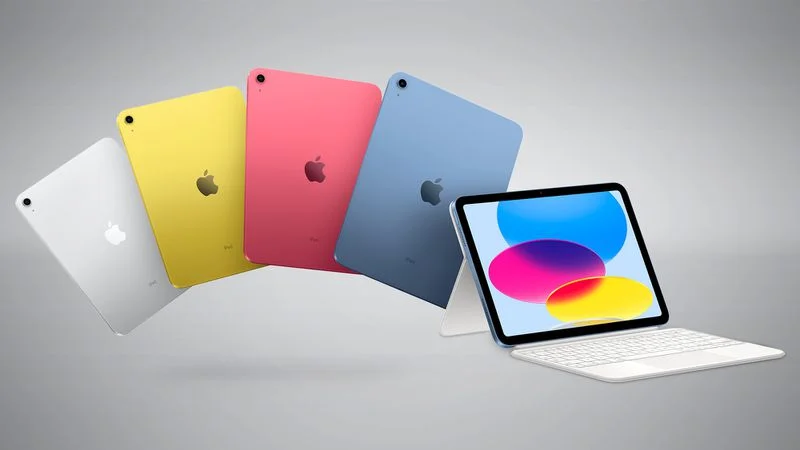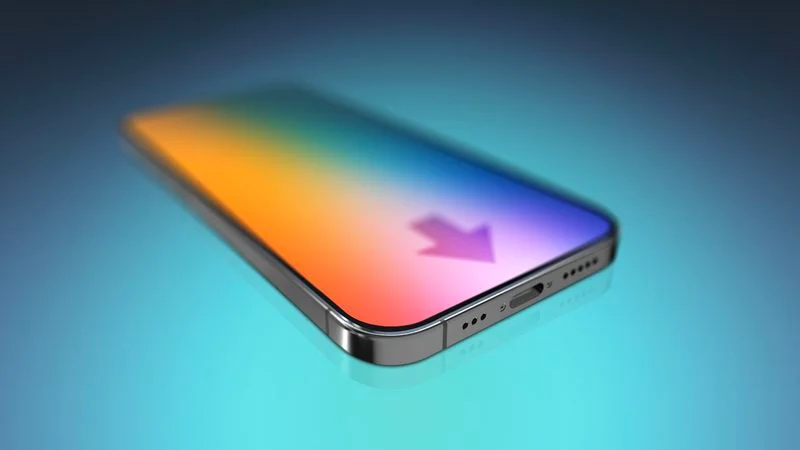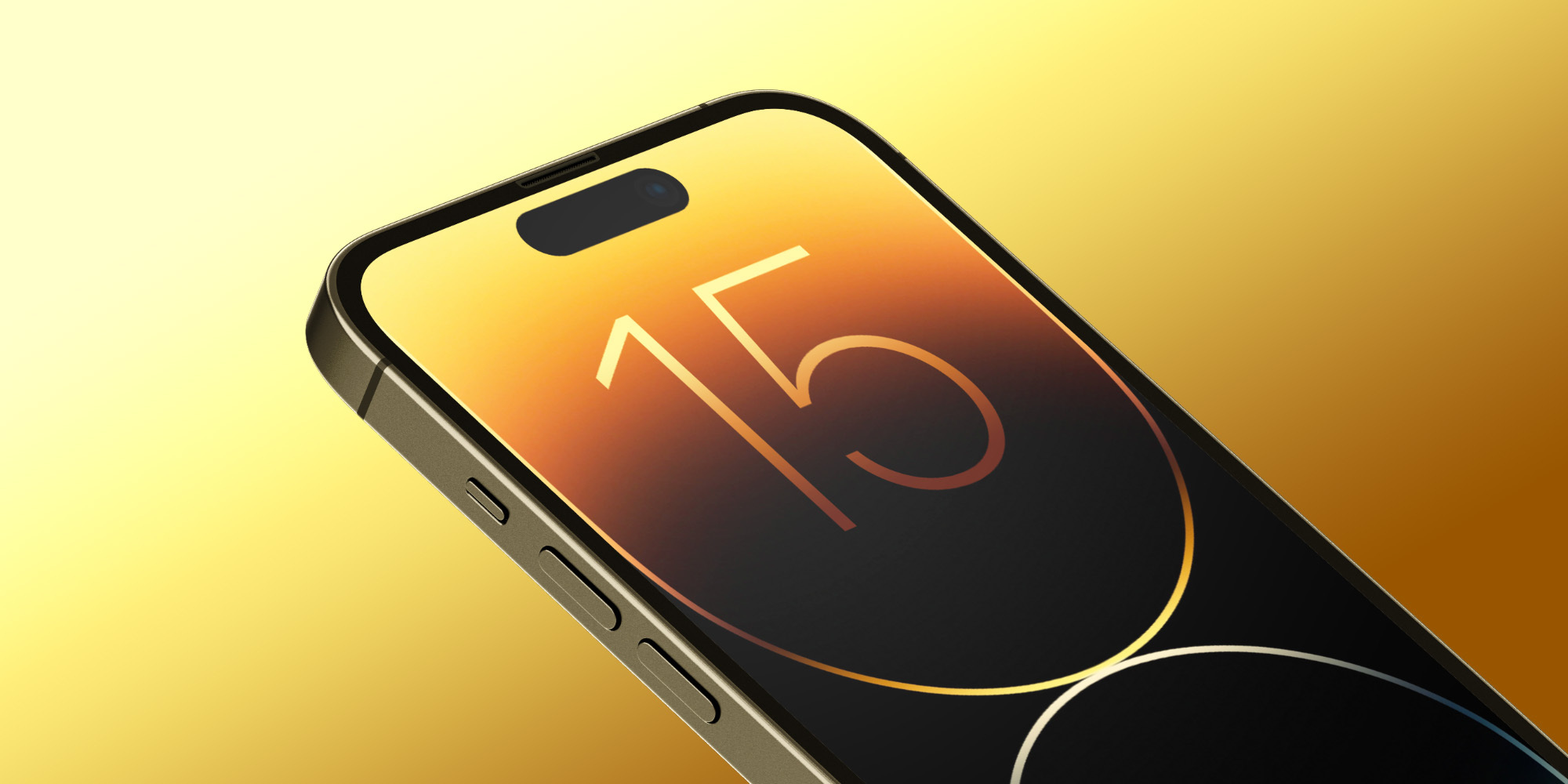Compared to the latest iPad Pro, iPad Air, and iPad mini models, Apple’s new 10th-generation iPads come with slower USB-C ports.

As noted in The Verge’s review of the new iPad published this week, the device’s USB-C port is limited to USB 2.0 data transfer speeds of up to 480 Mbps. That means the 10th-gen iPad will transfer data at the same speed as the 9th-gen iPad with the Lightning connector, despite the USB-C port.
All other iPad models with USB-C ports feature faster data transfer speeds. iPad Pro models with M1 and newer chips are Thunderbolt 3 compatible with data transfer speeds up to 40 Gbps, 5th generation iPad Air up to 10 Gbps, 4th generation iPad Air and the latest iPad mini with coverage speeds up to 5 Gbps .
Apple doesn’t mention the slower USB-C port on the new iPad’s tech specs page, but we’ve independently confirmed that the device is limited to USB 2.0 speeds. For most customers in this iPad’s target market, this limitation may not matter, but it’s still important information that may lead some customers who rely on faster wired transmission to move to the iPad mini or iPad Air. AirDrop is also an option for faster wireless transfers.
The new iPad starts at $449 in the US, while the iPad mini and iPad Air start at $499 and $599, respectively.
Key new features of the 10th-generation iPad compared to previous entry-level models include a larger 10.9-inch display, narrower bezels, flat edges, A14 Bionic chip, USB-C port, Touch ID power button, Landscape – Positioned FaceTime camera, 5G support on cellular models, Wi-Fi 6, and a new two-piece Magic Keyboard Folio accessory with a row of function keys. The device is available in blue, pink, silver and yellow finishes.
Read more articles: https://www.facebook.com/RedTomElectronics/
If you have more ideas to discuss with us, welcome to join our Apple Fans Club on Facebook.






